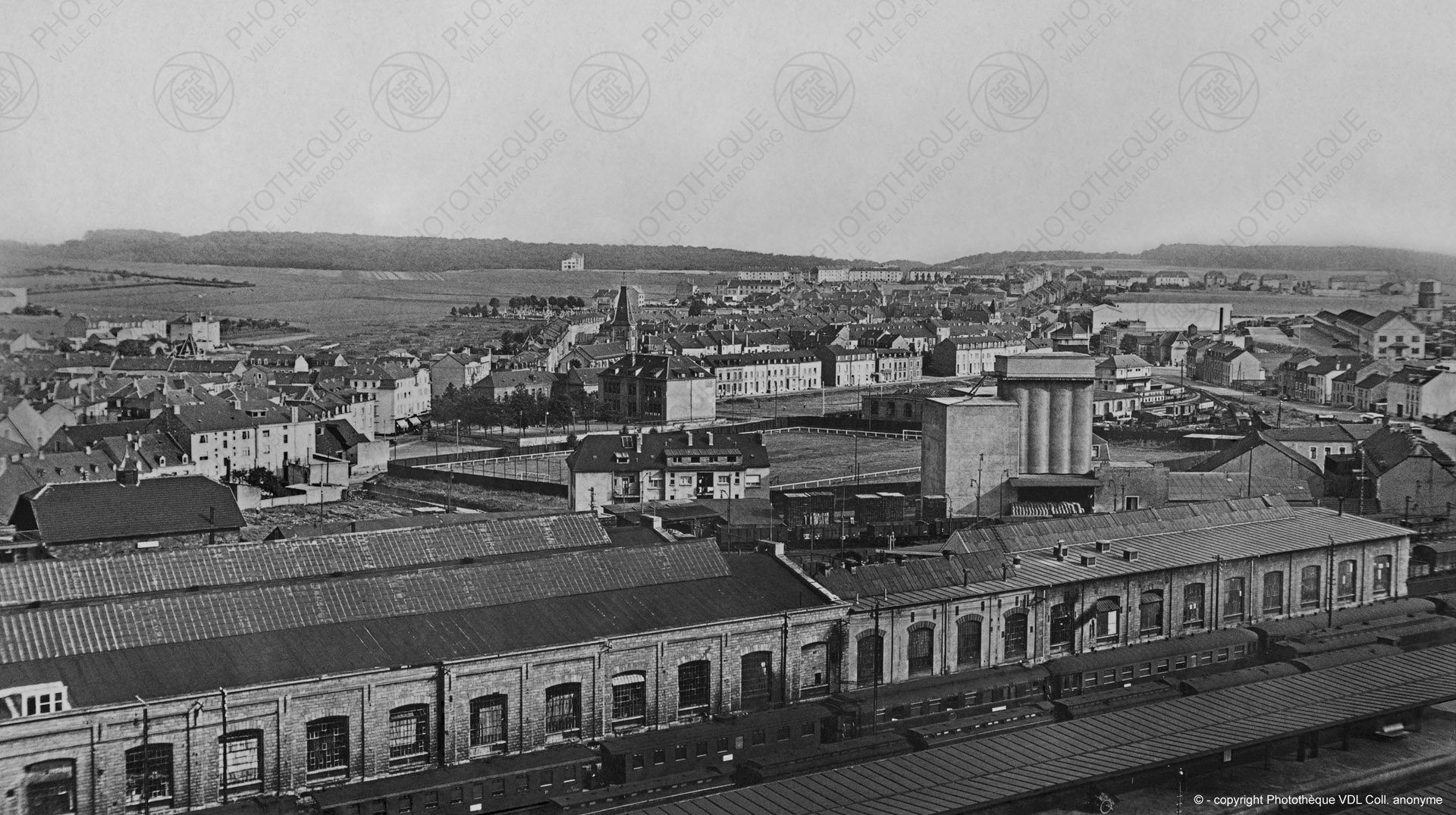Brooklyn, the new district is being built in Bonnevoie in the continuity of a place rich in history. We had the chance to interview Dr. Robert L. Philippart, historian specialized in the urban history of the city of Luxembourg. He tells us about the highlights and gives us his opinion on the project.

Dr Robert Philippart, historian specialized in urban history
When was Bonnevoie founded and where does its name come from ?
"The origins of Bonnevoie go back to the Gallo-Roman period. The name of Bonnevoie would come from Bona Via (good way) and Bonus Vicus (good farm). The foundation in the Middle Ages of a convent of Cistercian nuns ensures a certain prosperity."
What was the first industry to set up ?
"After a fire in 1794, the convent was sold as national property and the premises housed the glove factory of Jonas Lippmann, then Auguste Charles. This industry employed some 1500 people until its demise in 1897 following the loss of the United States as an export market."
When did the railroad and the fortifications come into being ?

What other factories and businesses have shaped Bonnevoie ?
"It is the former brick factory Tassin active from 1894 to 1923. Then, in 1933, the neighborhood welcomed the imposing "Moulin de Luxembourg". In the 1950s, several garages and workshops were established along the upper part of the road to Thionville."

Are there any celebrities from Bonnevoie ?
What do you think of Brooklyn and the revival of the neighborhood ?
"The new "Brooklyn" district represents an important effort to open up the center of Bonnevoie. It is a work of structuring, urbanization and densification of space. Thanks to the new housing and jobs planned, the historic center of Bonnevoie will have critical masses to develop its local services."
